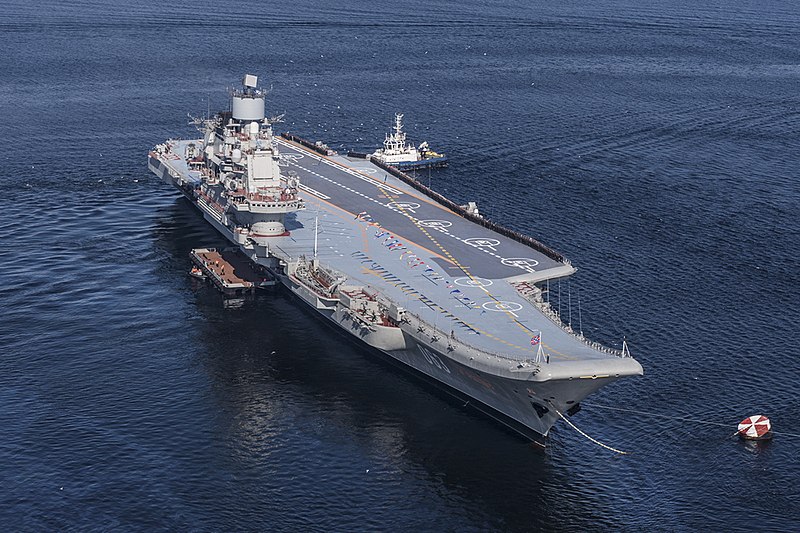
Can one warship encapsulate a whole nation’s strategic missteps? The saga of the only Russian aircraft carrier, the Admiral Kuznetsov, would suggest so. Once designed as the centerpiece for a Soviet Navy blue-water fleet, she was to become a floating symbol of compromise-designed for a mission profile that disappeared with the USSR, maintained on a budget which never matched her needs, and deployed in such a way as to expose her flaws to the world.
Since the day Kuznetsov left the Mykolaiv shipyard, hers has been a tale of mismatched ambition and capability chronic mechanical failure, an underdeveloped air wing, and a refit history littered with accidents have kept her more often in dry dock than at sea. To defense analysts and naval historians, her career represents that rare case study in how design decisions, industrial limits, and strategic doctrine all come together to determine whether a capital ship thrives-or fails.
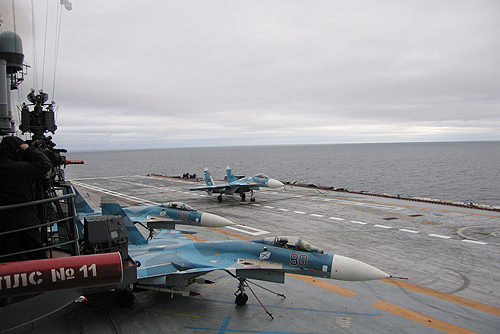
1. A Design Born of Compromise
Conceived during the late Soviet era, Kuznetsov had been classified as a “heavy aircraft-carrying cruiser” in a bid to get around the various restrictions imposed by the Montreux Convention. She relied on a ski-jump STOBAR system rather than catapults, which limits the take-off weight of the aircraft and precludes fixed-wing AEW platforms. This saved weight and complexity but capped operational potential from the outset. Unable to launch heavy strike aircraft or AEW planes, her air wing was strategically handicapped compared with the CATOBAR carriers fielded by the U.S. and France.
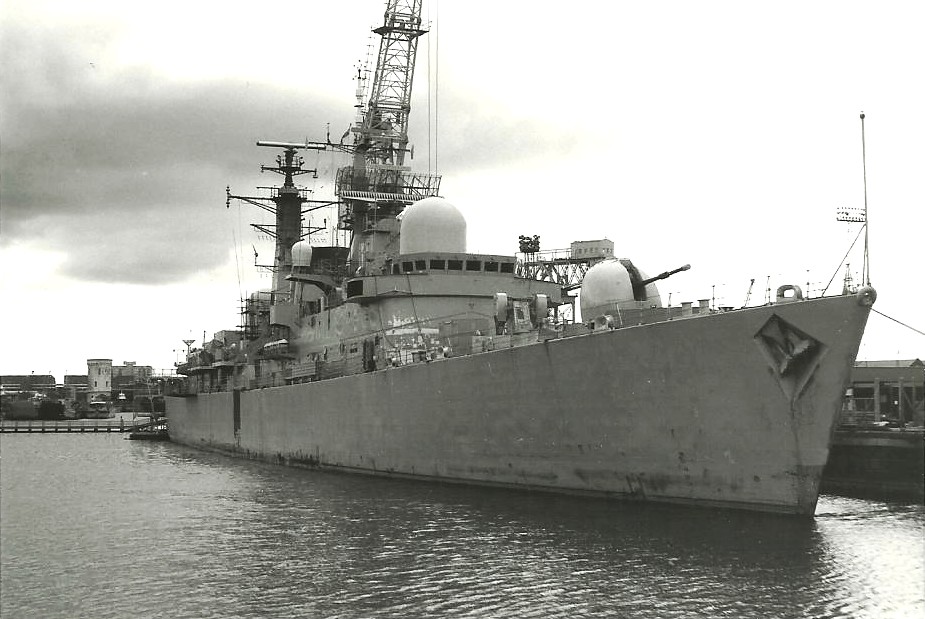
2. The Mazut Propulsion Liability
Poor design – the product of 1980s Soviet industrial limitations – the mazut-fired boilers produced prodigious volumes of thick black smoke and required skilled maintenance around the clock. This inefficiency in the design meant range was very limited – perhaps about 45 days without servicing – with debilitating breakdowns common the total loss of power off Syria in 2012 for example required a tow back into port. The soot produced complaints from the ports the constant escort tug became unspoken testimony to unreliability.

3. An Air Wing That Never Matured
The paper plans had the Su-33s providing fleet defense, the MiG-29Ks undertaking multirole missions, and helicopters for ASW and AEW. What happened in reality is different the fleet of MiG-29Ks never achieved nor could maintain a ready rate. Fixed-wing AEW aircraft were impossible sans catapults helicopter-based AEW-lacking in altitude, speed, and endurance-made the carrier’s strike group vulnerable. The limited at-sea training further eroded pilot proficiency and deck crew muscle memory, complicating the operational ceiling laid in by design.

4. Deployment to Syria: Proof of Concept Gone Wrong
The 2016-17 Mediterranean deployment of Kuznetsov was supposed to attest to Russia’s carrier capability. It underlined limitations instead: black smoke trailing through the English Channel, two fighters lost to arresting gear failures, and most sorties shifted ashore to Hmeimim Air Base. More than 400 sorties were flown, but the loss of about 13% of her fighter wing within weeks underlined fragility. To Western analysts, it was much more of a PR gesture rather than a crucial combat contribution.

5. Catastrophic Refit Disruptions
The modernization saga of setbacks included the sinking in 2018 of the dry dock PD-50, which dropped a crane onto her deck and tore a big gash in the hull a fire in 2019 killed workers, scorching compartments and another blaze in 2022. Yet each incident delayed schedules while inflating costs, while sanctions and supply-chain gaps slowed the procurement of parts. Work was suspended by 2025, with even senior officials openly wondering aloud if the repairs were worth completion.

6. Strategic Misalignment with Russia’s Naval Doctrine
Contemporary Russian naval strategy focuses on submarines, coastal defense, and long-range anti-ship missiles access denial, rather than power projection. Kuznetsov’s appetite for escorts, oilers, and specialized aircraft ran up against the surface fleet’s challenge in deploying sufficient numbers of modern frigates and destroyers. For a navy whose operational areas are largely confined to the Barents, Baltic, and Black Seas, a solitary, aging carrier imposed costs without yielding equivalent strategic benefits.
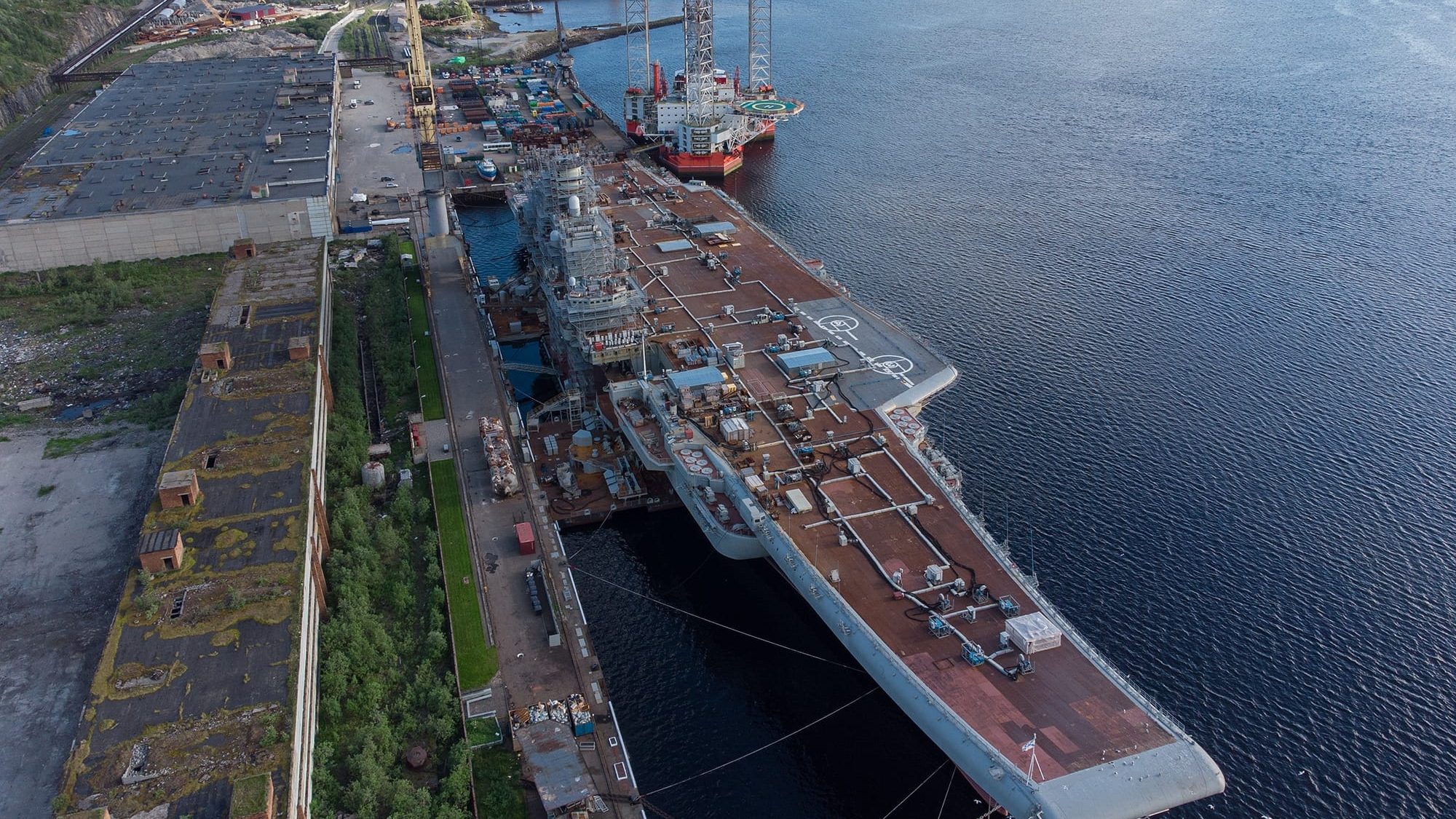
7. Industrial Base Erosion
The loss of the Ukrainian shipyards, following the fall of the Soviet Union, denied Ukraine access to the expertise in carrier construction. The rebuilding of that capacity would require massive investment in dry docks, heavy lifts, and a range of specialized materials. The loss of PD-50 provided an inkling into the fragility of existing infrastructure Russia did not have an alternative dock in which to place Kuznetsov, having to resort to makeshift solutions and further delaying the work. Without a strong industrial ecosystem, even maintaining one carrier became a logistical strain.

8. Training Deficit in Carrier Aviation
The very nature of carrier operations calls for a deeply ingrained culture of repetition. The U.S. Navy conducts thousands of traps every year on several decks, and China has similarly invested in training carriers with a view to establish proficiency. The result of Russia’s few flight hours is sporadic deployments, limited deck cycles, and shallow pools of experienced personnel. Among various mishaps-which a mature carrier culture might prevent-were arresting gear failures, proving costly in lives and capability.

9. Budgetary Reality Check
For over a decade, the navy’s spending favored submarines, missile regiments, and air defenses at the expense of surface prestige projects. Kuznetsov tied up yard space, funds, and manpower for no reliable operational return. Even for those who would defend her, the mission was hard to justify presence could be had with missile cruisers, training needed a carrier that actually sailed, and deterrence depended upon credible capability, not ceremonial status.
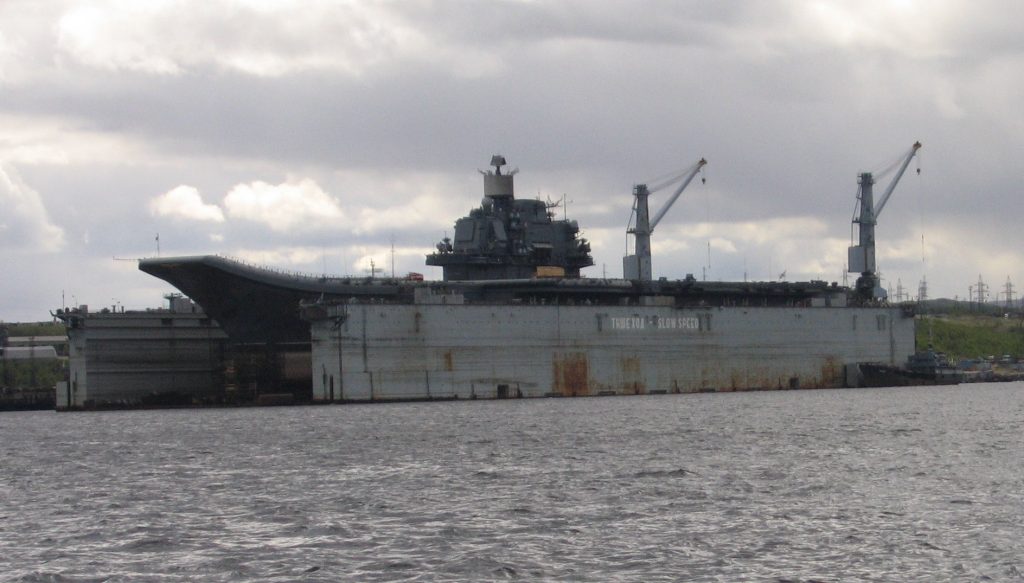
10. Symbolism Overtaken by Failure
The memes of “black smoke” and “carrier with a tug” cut because they distilled deeper truths entrenched design compromises, chronic underfunding, and a doctrine that never really needed a carrier. As of 2025, even officials like Andrei Kostin were calling her “an extremely expensive thing” that had no point in repairing. Scrapping her would free resources for assets in line with Russia’s actual maritime strategy submarines, frigates, and coastal defenses. The troubled career of Admiral Kuznetsov flowed not from any single flaw but from interlocking limitations in design, doctrine, industrial capacity, and budget priorities that have left her poorly suited for modern naval realities.
For the defense analyst, her fate underlines the need to match platform capabilities with strategic needs but also to maintain the industrial and training ecosystems which make complex warships viable. Ultimately, retiring Kuznetsov would be less an admission of defeat than a recognition that some symbols are best left to history.


